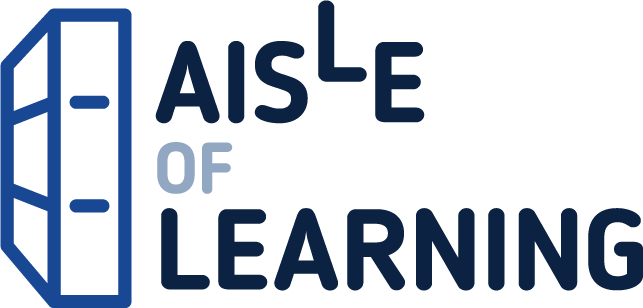If you know how to program, you have the skills to turn data into knowledge, using tools of probability and statistics. This concise introduction shows you how to perform statistical analysis computationally, rather than mathematically, with programs written in Python. By working with a single case study throughout this thoroughly revised book, you’ll learn the entire process of exploratory data analysis–from collecting data and generating statistics to identifying patterns and testing hypotheses. You’ll explore distributions, rules of probability, visualization, and many other tools and concepts. New chapters on regression, time series analysis, survival analysis, and analytic methods will enrich your discoveries. Develop an understanding of probability and statistics by writing and testing code Run experiments to test statistical behavior, such as generating samples from several distributions Use simulations to understand concepts that are hard to grasp mathematically Import data from most sources with Python, rather than rely on data that’s cleaned and formatted for statistics tools Use statistical inference to answer questions about real-world data
Think Stats: Exploratory Data Analysis
$19.34
This book provides a computational approach to learning statistics and data analysis using the Python programming language.
Additional information
| Weight | 0.369 lbs |
|---|---|
| Dimensions | 17.8 × 1.2 × 23.3 in |
Think Stats: Exploratory Data Analysis
$56.18
This book teaches exploratory data analysis and statistical concepts using the Python programming language.
If you know how to program, you have the skills to turn data into knowledge. This thoroughly revised edition presents statistical concepts computationally, rather than mathematically, using programs written in Python. Through practical examples and exercises based on real-world datasets, you’ll learn the entire process of exploratory data analysis–from wrangling data and generating statistics to identifying patterns and testing hypotheses. Whether you’re a data scientist, software engineer, or data enthusiast, you’ll get up to speed on commonly used tools including NumPy, SciPy, and Pandas. You’ll explore distributions, relationships between variables, visualization, and many other concepts. And all chapters are available as Jupyter notebooks, so you can read the text, run the code, and work on exercises all in one place. Analyze data distributions and visualize patterns using Python libraries Improve predictions and insights with regression models Dive into specialized topics like time series analysis and survival analysis Integrate statistical techniques and tools for validation, inference, and more Communicate findings with effective data visualization Troubleshoot common data analysis challenges Boost reproducibility and collaboration in data analysis projects with interactive notebooks
Additional information
| Weight | 0.517 lbs |
|---|---|
| Dimensions | 17.8 × 1.7 × 23.3 in |
Reviews
There are no reviews yet.











Reviews
There are no reviews yet.